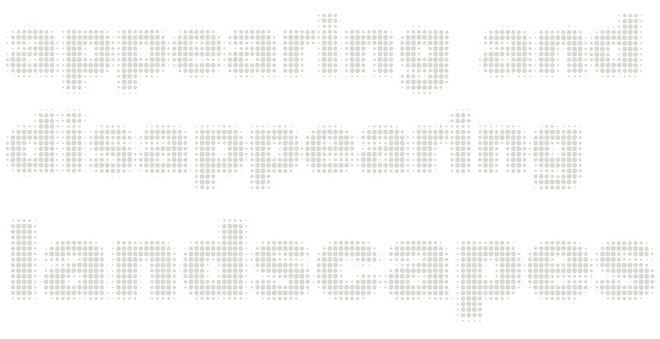(9 minutes; color, 1977)
Setting a field of view for our researches, always implies a choice on which detail/s we want to engage as our forefront. However each of these singularities is part of a continuous flow of matter and events that is the world, and life in itself, from which we cannot subtract anything as much as we cannot subtract ourselves. This beautiful short film by Charles and Ray Eames (1977) is - among other things - a tale of this story. It is then important that all our argumentations have the capacity to activate a curiosity able to travel between the scales, setting an active dialogue bewteen the particular and the multiple universes it relates to.
- from the Powers of Ten website:
“The ‘Powers of Ten’ also represents a way of thinking—of seeing the interrelatedness of all things in our universe. It is about math, science and physics, about art, music and literature. It is about how we live, how scale operates in our lives and how seeing and understanding our world from the next largest or next smallest vantage point broadens our perspective and deepens our understanding.”
by Charles and Ray Eames
Setting a field of view for our researches, always implies a choice on which detail/s we want to engage as our forefront. However each of these singularities is part of a continuous flow of matter and events that is the world, and life in itself, from which we cannot subtract anything as much as we cannot subtract ourselves. This beautiful short film by Charles and Ray Eames (1977) is - among other things - a tale of this story. It is then important that all our argumentations have the capacity to activate a curiosity able to travel between the scales, setting an active dialogue bewteen the particular and the multiple universes it relates to.
“The ‘Powers of Ten’ also represents a way of thinking—of seeing the interrelatedness of all things in our universe. It is about math, science and physics, about art, music and literature. It is about how we live, how scale operates in our lives and how seeing and understanding our world from the next largest or next smallest vantage point broadens our perspective and deepens our understanding.”


No comments:
Post a Comment